Here's the story of the Native American code talkers who Trump made his 'Pocahontas' comments to
At Monday's event, Peter MacDonald said his goal is to create a national Navajo Code Talker Museum to remember how he his fellow veterans used their unique cultural background to help America win the Second World War.

90-year-old Peter MacDonald enlisted when he was only 15 years old in 1944. He served first in Guam and then in northern China, where his division and two others forced the last Japanese forces still fighting in the Pacific to surrender on October 24, 1945.
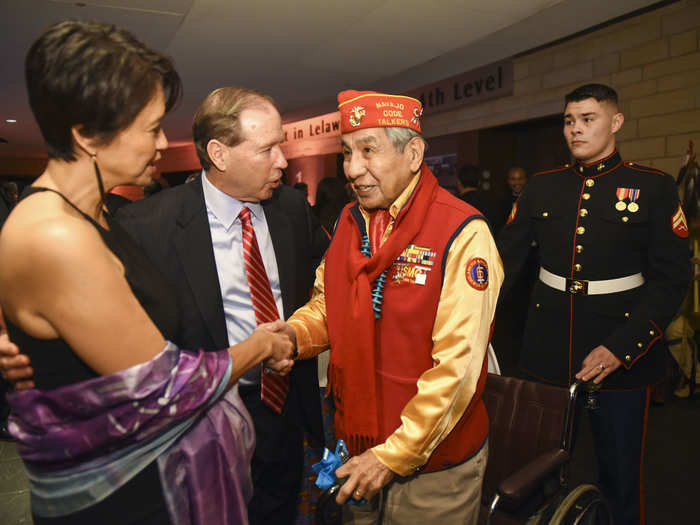
MacDonald is the president of the last 14 surviving code talkers from World War II.
Source: The White House Press Office
Thomas Begay served at the Battle of Iwo Jima in 1945 where he was a code talker with the 5th Marine Division. He later enlisted in the US Army and served at the Battle of Chosin in the Korean War.
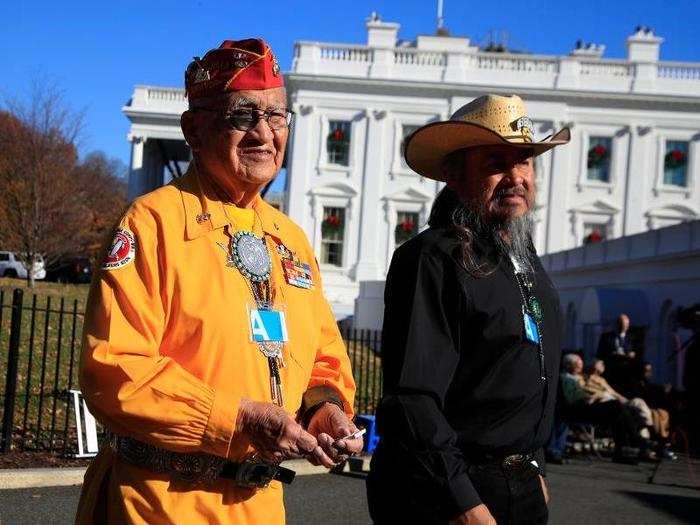
Source: The White House Press Office
97-year-old Fleming Begaye Sr. was a code talker at the Battles of Tarawa where his landing vessel was destroyed, forcing him to swim to shore to avoid death. If that wasn't enough, he also suffered injuries at the Battle of Tinian, and spent a year in a naval hospital.
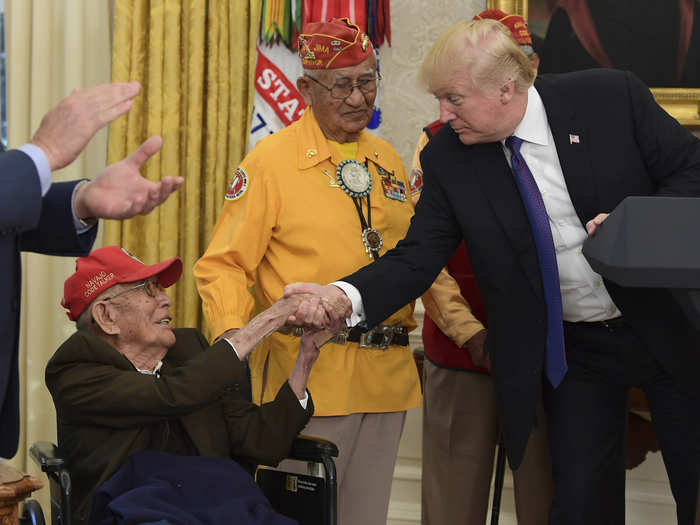
Source: The White House Press Office
Every code talker at Monday's event carried out acts of heroism during the war.
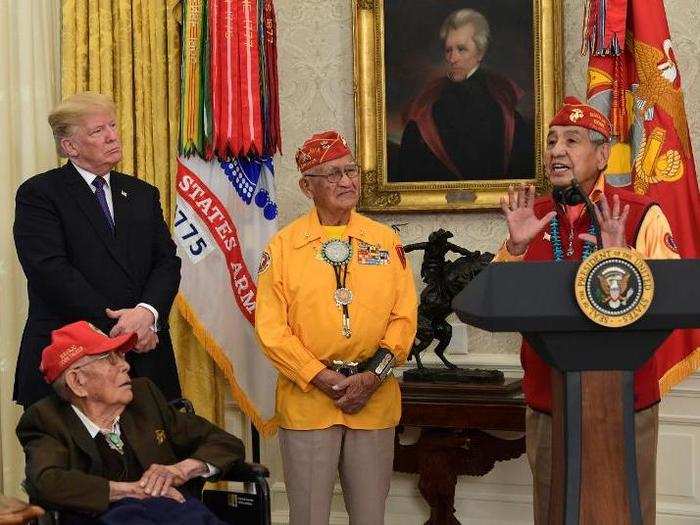
The activities of the code talkers during World War II were kept secret from the public until 1968. In 1982, Ronald Reagan established Navajo Code Talkers Day on August 14, and in 2001, the original 29 code talkers received Congressional Gold Medals for their service.
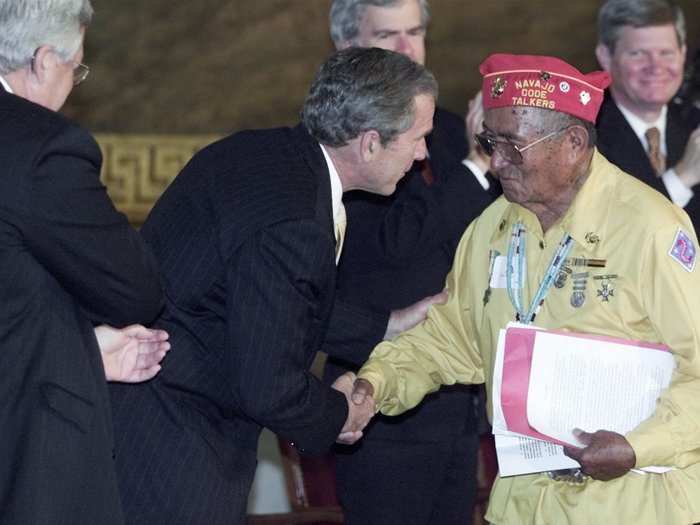
Sources: Newsweek
During the infamous Battle of Iwo Jima in early 1945, 800 coded messages were transmitted between code talkers without a single mistake. Major Howard Connor said later, "Were it not for the Navajos, the Marines would never have taken Iwo Jima."
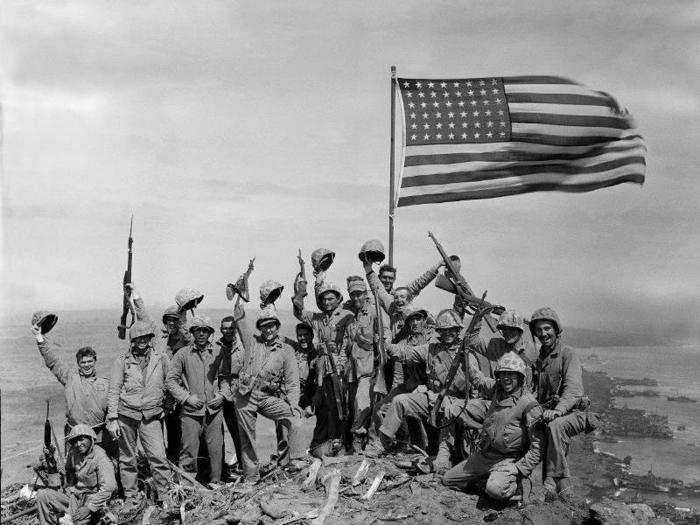
Sources: Newsweek, The White House Press Office
The Japanese failed to break the Navajos' code at Guadalcanal, and the Marine Corps was impressed by their performance. After Guadalcanal, Navajo code talkers were deployed in every single operation the Marine Corps participated in in the Pacific Theater.
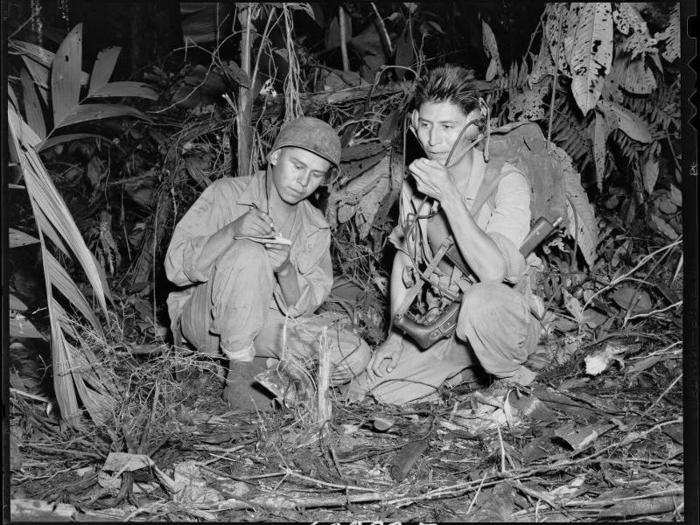
Sources: Newsweek, The White House Press Office
After completing all the necessary training, the code talkers were shipped out to the Pacific Theater, where 15 code talkers were dropped off for their first battle at Guadalcanal on August 25, 1942 with the 1st Marine Corps.
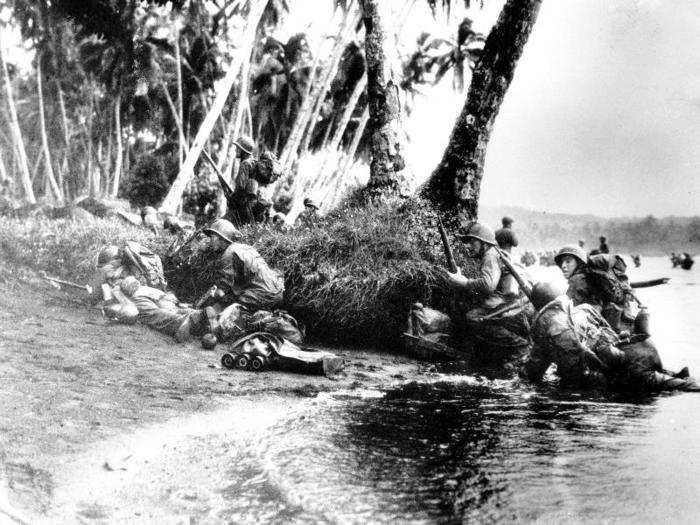
Sources: Newsweek, The White House Press Office
Soon enough, the recruits were brought to Camp Elliott near San Diego, where they were tasked with creating a code using their native Navajo language. The code they came up with used Navajo words for animals to describe military vehicles, as well as transliterations of military terms that did not exist in Navajo.
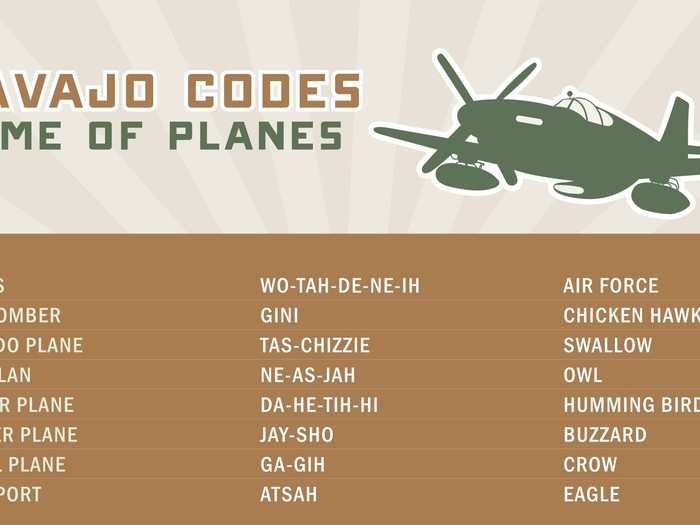
By the end of the war, the code had been expanded from an initial 211 words to over 600 words, which the code talkers all committed to memory. Here's a complete list of all code words that had been developed by war's end.
Source:The White House Press Office, CIA
The Navajo language was the perfect language to use because it had no alphabet, and as a result, there were no materials the Japanese could use to learn it. The Marine Corps loved Johnston's idea, and began recruiting young Navajo men as code talkers.
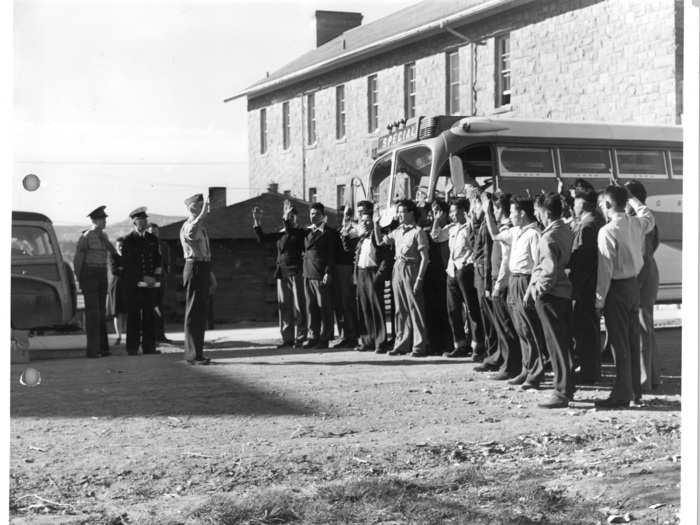
One of the code talkers at Trump's event on Monday, Peter MacDonald, said the new recruits were initially not told they were going to be used to speak in code.
"They were just asked, 'Do you want to join the Marines? You want to fight the enemy? Come join the Marines.' So they volunteered," MacDonald said.
Some, though, were drafted.
"We were drafted. They made us go. I didn't volunteer," Franklin Shupla, a code talker from the Hopi tribe, said.
At the beginning of US involvement in WWII, the Japanese were breaking every code the Americans came up with. In response, World War I veteran Philip Johnston suggested a novel idea to the US Marine Corpse in 1942 — using the Navajo language as a code.
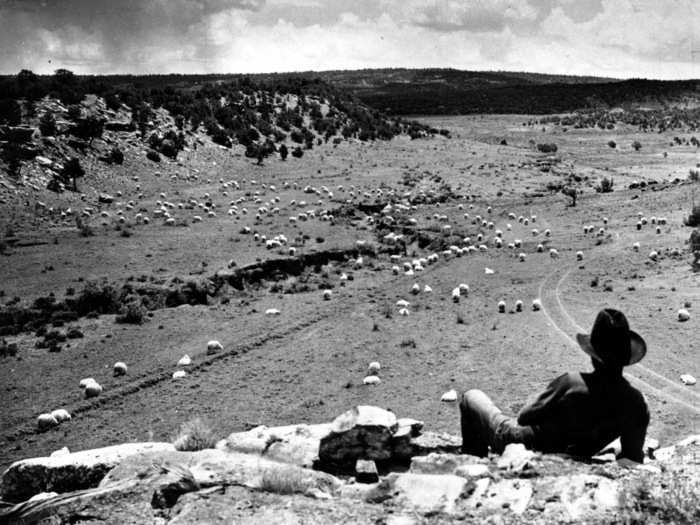
Johnston was the son of missionaries, and had grown up speaking Navajo on the Navajo reservation even though he himself was not Native. He was inspired to use the Navajo language as a code after seeing Native Americans communicating with each other in the US Army during the First World War.
The Navajo are a Native American ethnic group living in the American Southwest, and their main reservation, which occupies the Four Corners area of Arizona, Utah, and New Mexico, is the largest reservation in the United States today.
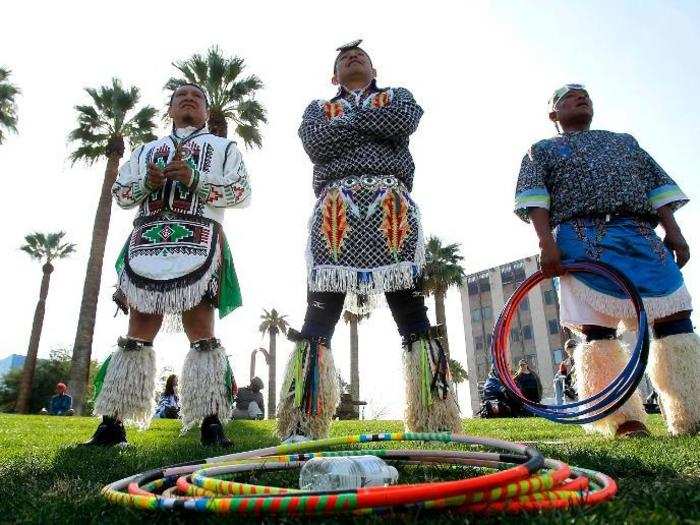
The Navajo are the largest Native American ethnic group in the United States today. Although their language was the one used to create code in World War II, people from other Native American groups like the Hopi and the Comanche were recruited as code talkers as well.
Sources: NavajoPeople.org, Indian Country Today
Popular Right Now
Advertisement